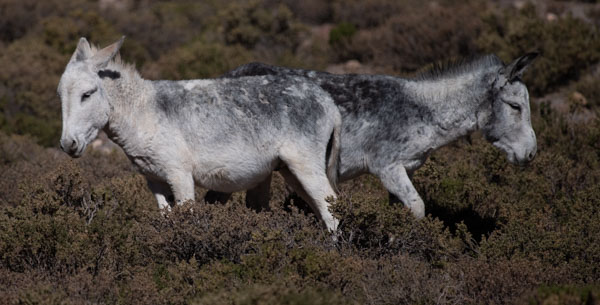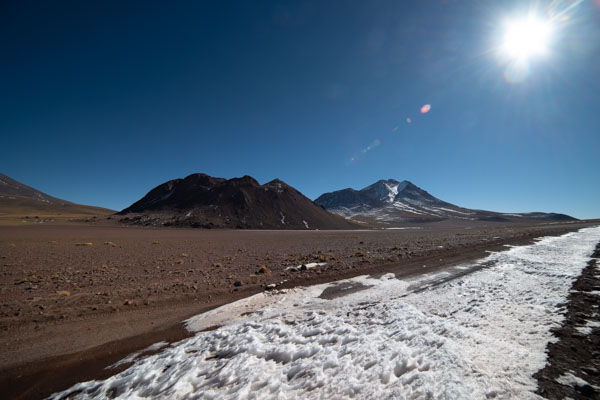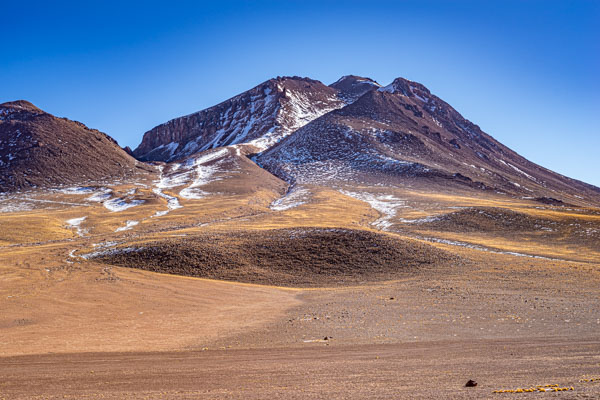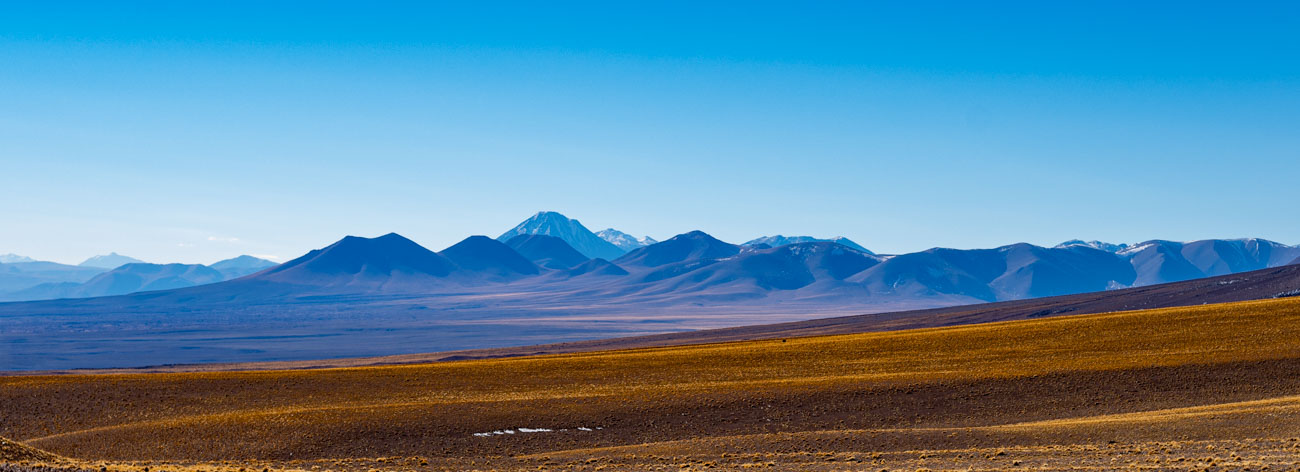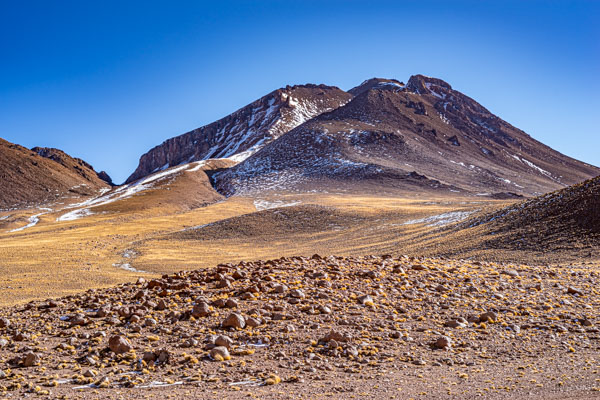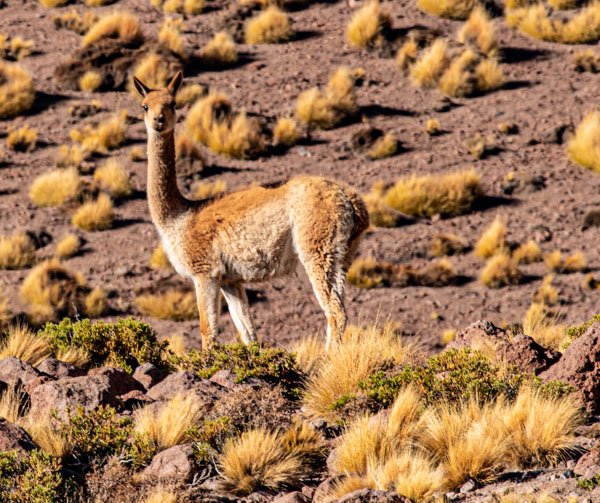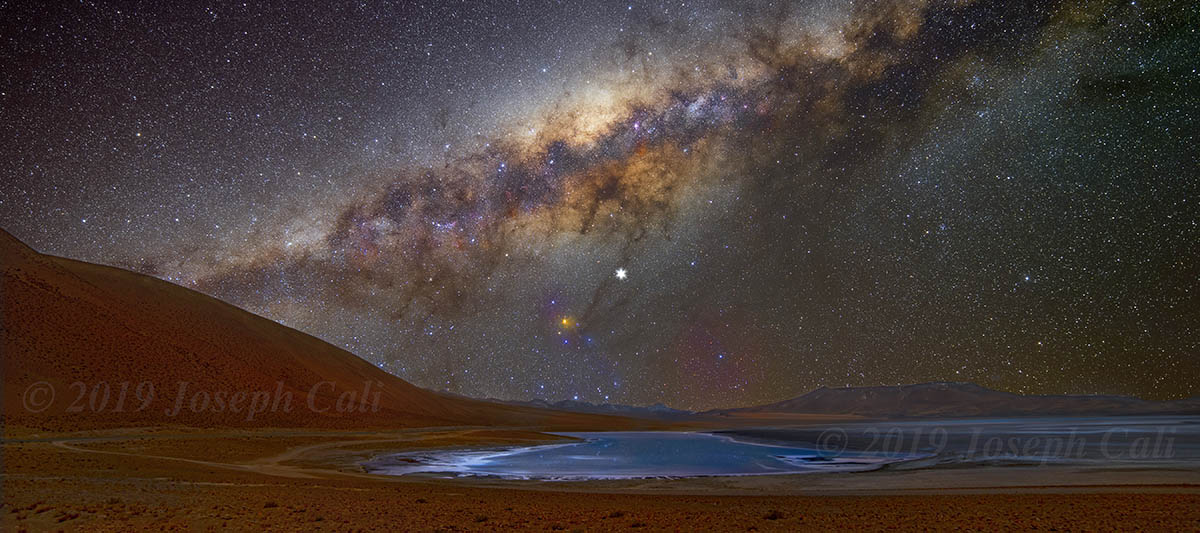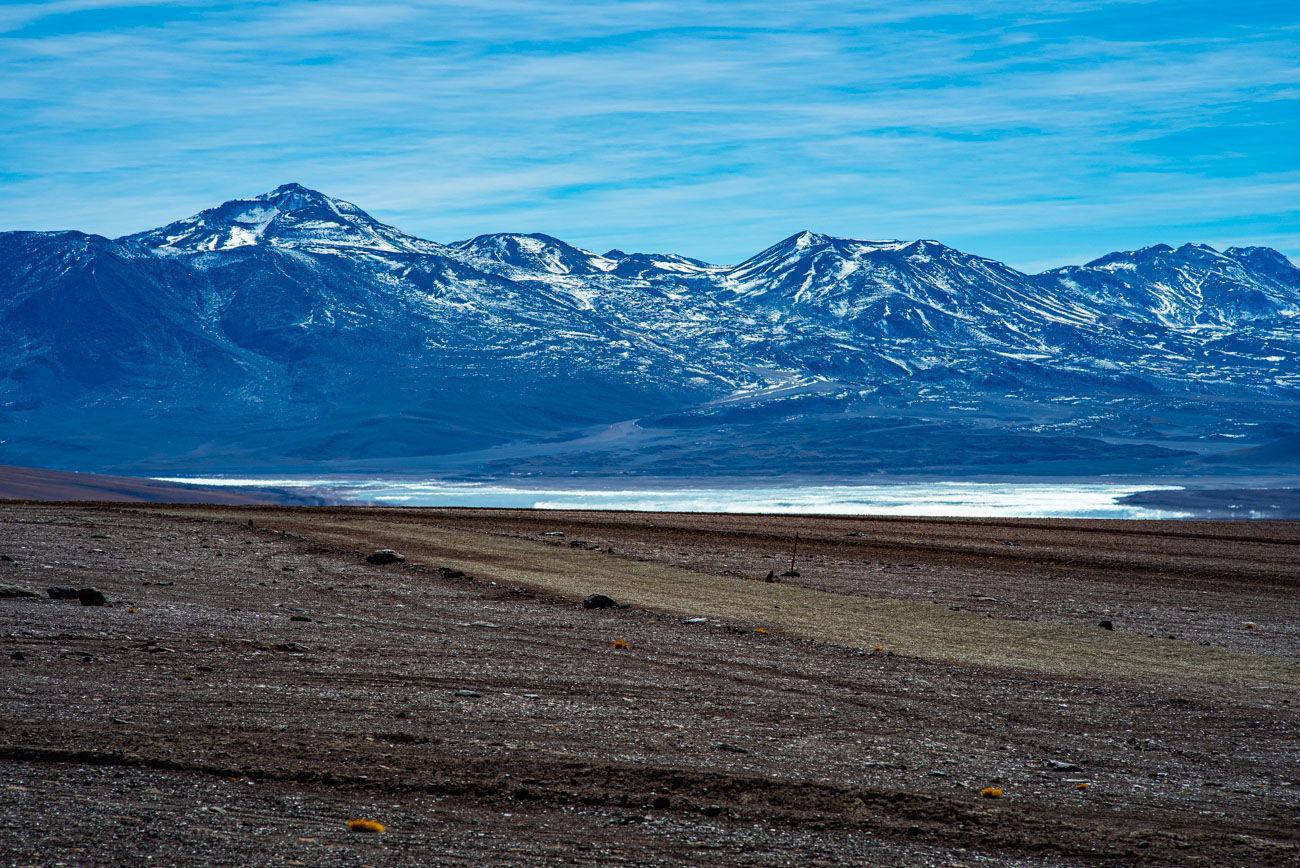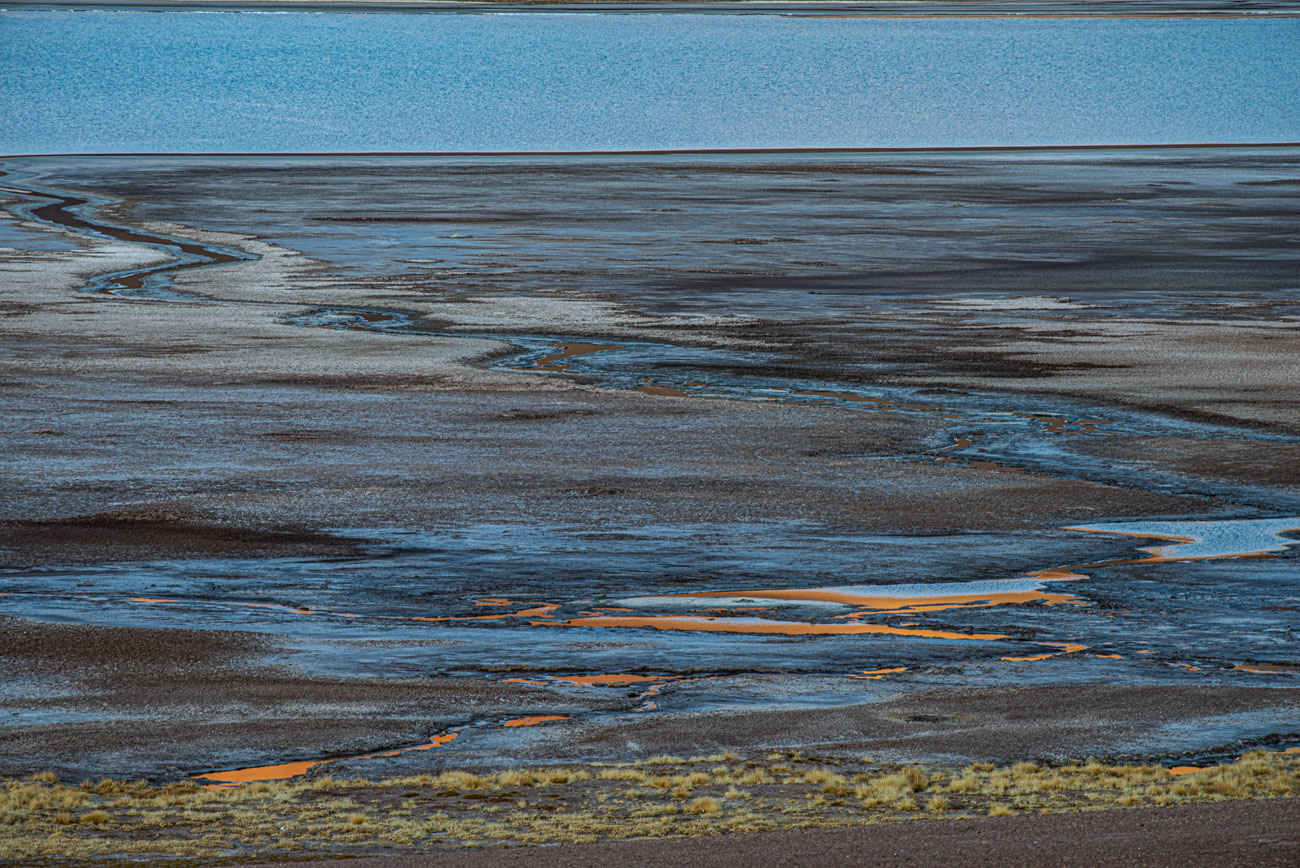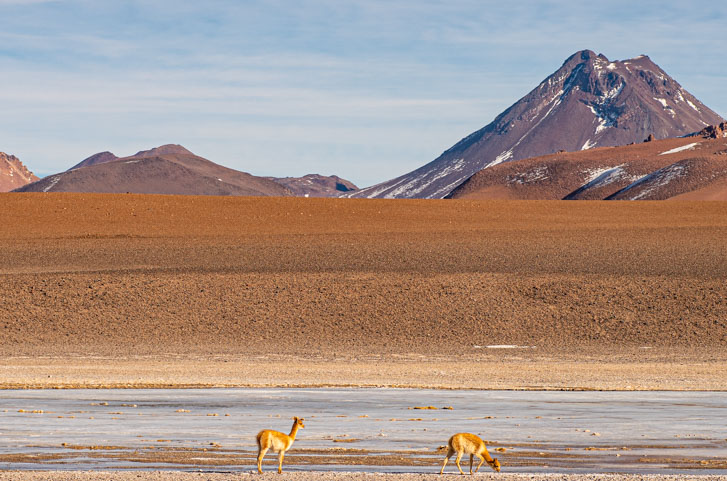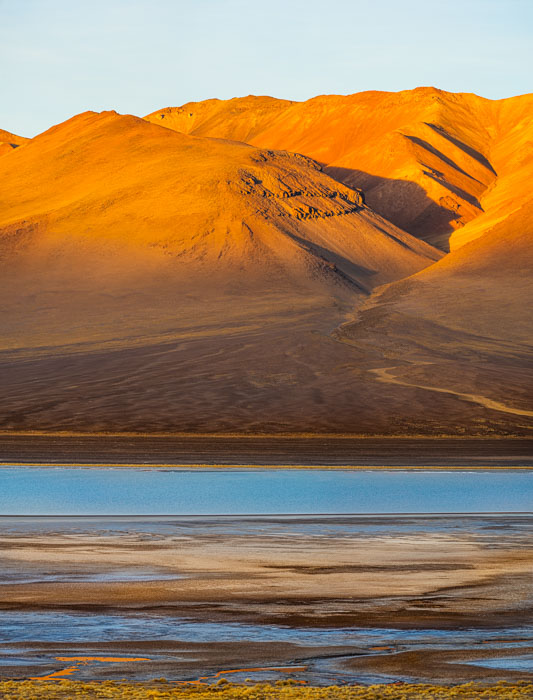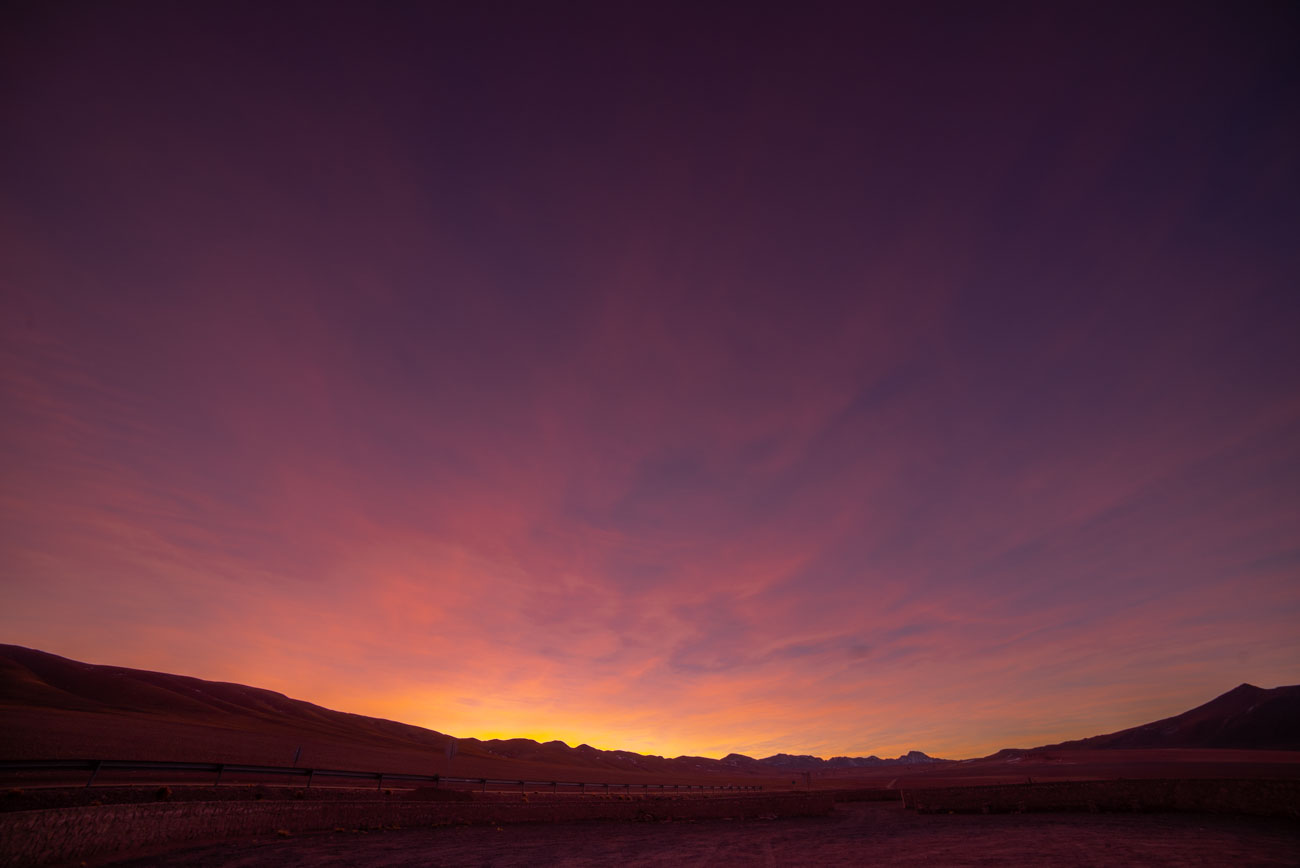
 |
WAITING FOR THE
SHADOW
Solar Eclipse Observing and Photography - Joseph Cali
|
| PHOTOGRAPHY | ECLIPSES | ASTRONOMY | HOME PAGE |
| Monday 8th July, 2019. Today, I wasn't feeling great. In future, I'll avoid the Inca Restaurant at all costs. Overpriced, not very good and it probably made me sick to boot. Blaaah. Solar Eclipse Sighting I did take a walk around town when my stomach settled down. What did I find. Well you can take tours for everything. They even have tours to last weeks solar eclipse. Is there a Delorean fitted with a flux capacitor parked out back? 21 years ago, I didn't have enough good things to say about San Pedro. The tours were all timed to take maximum advantage of the light. If the light was best at sunset, they'd pick you up at 3pm, stay till sunset, and get you home later that night. There were a handful of really good restaurants, one main street and a handful of side streets. Today, the town is a sprawling mass of hotels, hostals, restaurants, tour operators acosting you at every turn, bike hire places, sandboard tours. The streets are full of M.A.M.I.L.S. Middle Aged Men in Lycra Suits, and M.A.W.I.L.S. Middle Aged Women in Lycra Suits. At night some restaurants have live Andean pan pipe bands playing, other blare 1970's and 80's rock and roll and eeek they even have a karaoke bar. The place has become the worst kind of tourist zoo and tourist trap. I've also heard from some other guests that the tours are very rushed. People getting quickly hearded on and off the buses so they can do them in minimum time and fit more tours into the day. While I loved the way tours were run in 1998, plenty of time, timed to coincide with sunrise or sunset, I am very glad I decided to hire a car and do my own thing this time. I can avoid a lot of the down sides if the town and enjoy the beautiful scenery out of town. San Pedro has lost its charm and given way to crass commercialism. I'll leave here with a drive full of nice photos and try to keep the memory of the lovely quiet little backwater of 20 years ago firmly implanted in my head. |
 |

